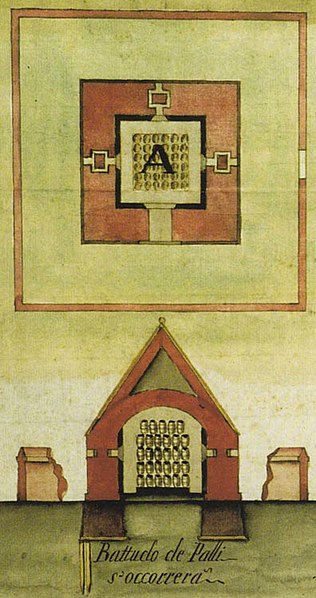Explosion in Venice
Black powder: important, but be careful when handling it... the Serenissima knows something about it

Polveriera Forte San Felice – ASV supervisors of the fortresses, B80, of 49
The Republic of Venice recognized the importance of gunpowder early on and developed expertise in its handling and production. Comprised of sulfur, charcoal (carbonella), and potassium nitrate (saltpeter), black powder's critical component is saltpeter. Due to the lack of natural deposits in Venice, the Republic had to manufacture it artificially. The production process took place in designated areas known as Tezzoni, masonry sheds where mineral-rich soil, covered with animal or human excrement and urine, was left to mature for one to two years. Following refinement, the saltpeter was meticulously mixed with treated sulfur and charcoal. The resulting mixture underwent granulation, involving humidification and drying, to yield grains of black powder. These grains were then stored in specially designed locations called powder torresins, intended to mitigate explosion risks. Despite precautions, accidents were not uncommon. In a notable incident on the night of September 13th to 14th, 1569, an explosion and subsequent fire erupted within the arsenal, resonating as far as Friuli. The aftermath painted a grim picture as fires raged until the morning of the 15th, showering Venice with ash and burning embers. The damages incurred were considerable, claiming the lives of four guards in the vicinity. Another tragic event unfolded in Brescia on August 17th, 1769, near the San Nazaro gate within the city walls. Following a severe thunderstorm, lightning struck a tower housing approximately 780 quintals of gunpowder, resulting in a massive explosion. The impact was catastrophic, obliterating the church of San Nazaro and numerous neighboring structures. Over 200 houses were destroyed, 500 damaged, and the majority of the city's windows shattered. Nearly a seventh of the city lay in ruins or suffered significant damage. Given the urban setting, the consequences were devastating, with historical accounts reporting 400 fatalities and at least 800 injuries.
Exam paper La polvere da sparo nella Repubblica Veneziana, from the 15th to the 17th century – Gianluca Ravasi – Ca’ Foscari - A.A. 2024
2025-04-26
Salvatore Ciccarello
